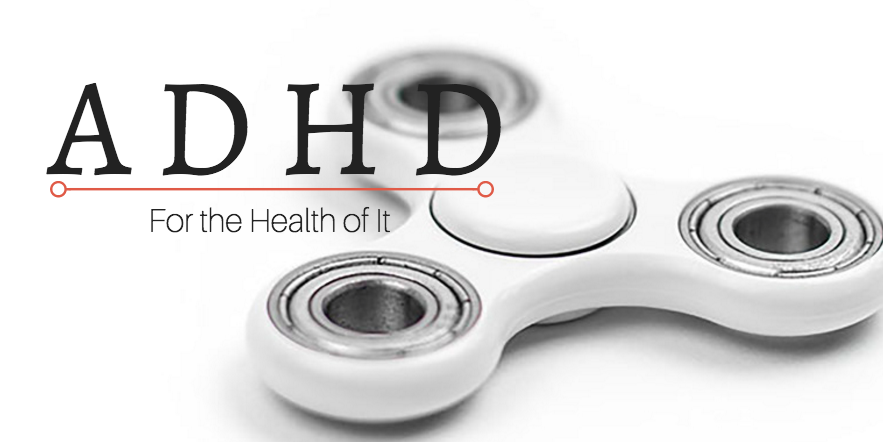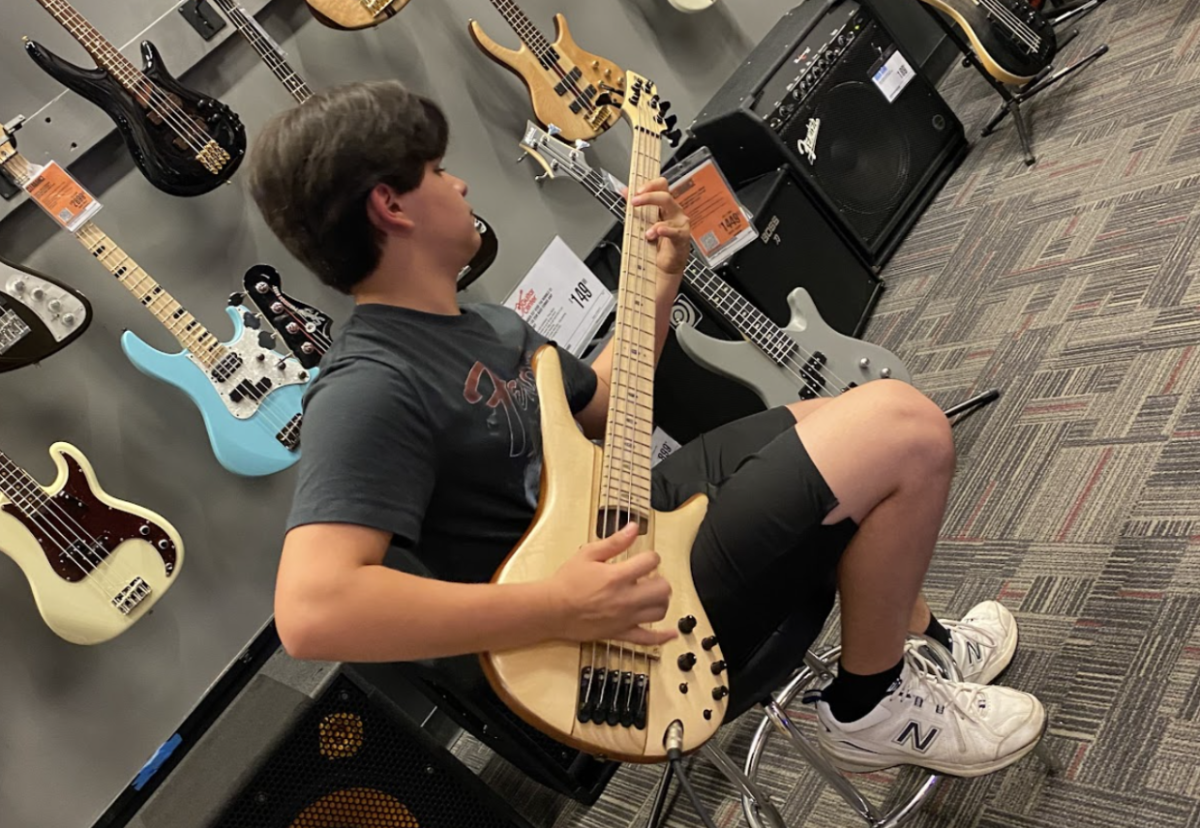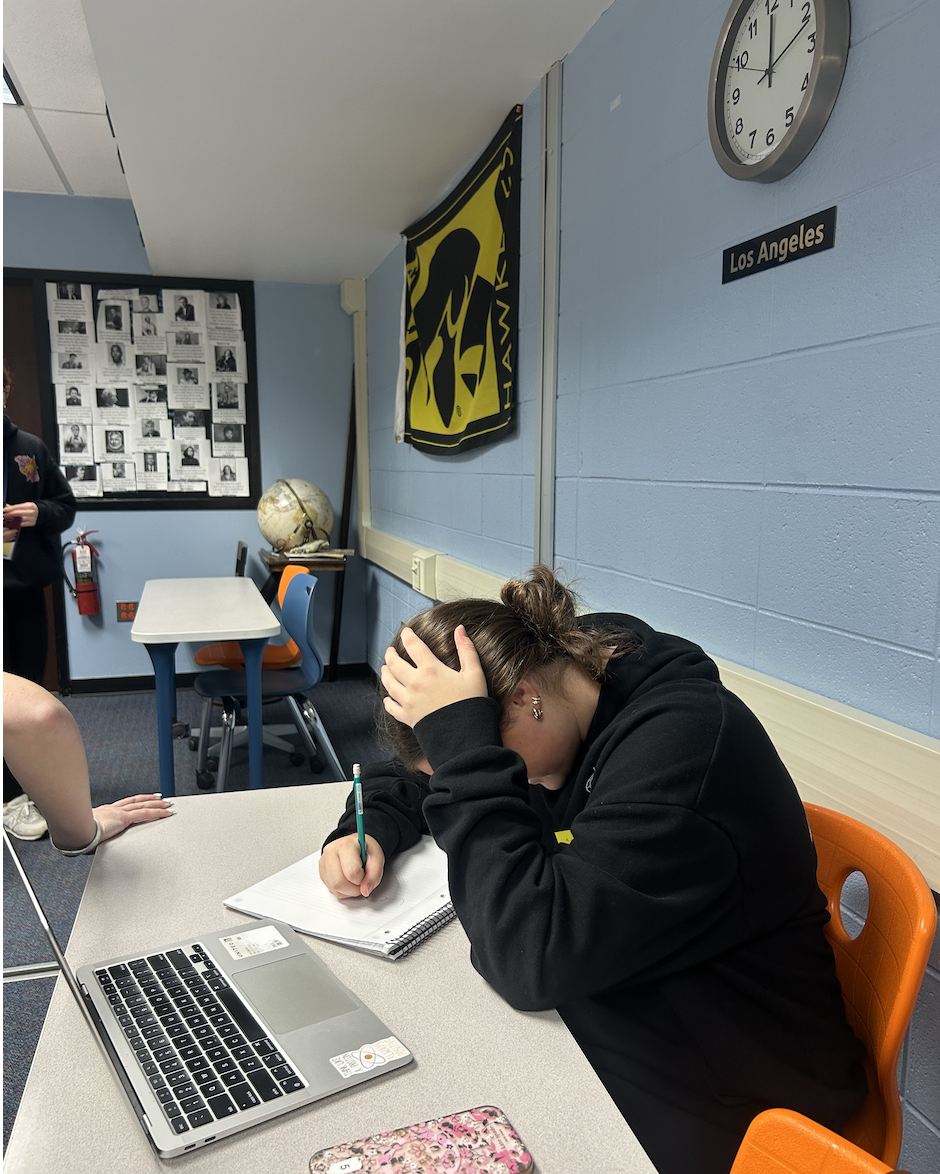Pen clicking, leg shaking, topic changing, and fidget spinning–kids, teens, and adults will often times be criticized for being troublemakers or having a poor work ethic when in reality it may be Attention Deficit Hyperactivity Disorder causing them to act out these certain behaviors. All of the symptoms that ADHD entails can range from mild to severe: it can look like a little boy who doesn’t sit still or a girl sitting at her desk staring off into space. ADHD is a difficult disorder to diagnose, but luckily there are a vast amount of methods that can be utilized for coping and an array of treatment options.
Those with ADHD tend to have a smaller frontal lobe than the average human. This is the part of the brain that is mainly responsible for, “motor function, problem solving, spontaneity, memory, language, initiation, judgement, impulse control, and social and sexual behavior.” Obviously, such characteristics that can be seen in those with ADHD, particularly relating to hyperactivity, are absent-mindedness, difficulty focusing, and lack of restraint, which all directly correlate with the frontal lobe of the brain.
Not only is one particular part of the brain smaller, but the brain as a whole tends to develop slower amongst those with ADHD. As we grow older, neural pathways begin connecting and maturing. The slower these connections are made, the harder it becomes to pay attention and focus. This also specifically impairs executive functions such as organization and the ability to successfully complete routine tasks
People with ADHD have lower levels of dopamine, the key chemical in the brain’s reward center that is also linked to things like movement, sleep, attention and learning. Therefore, people with ADHD are constantly looking for stimulation, which commonly results in all of the aforementioned behaviors of pen clicking, leg shaking, topic changing, and fidget spinning.
We all assume that the go-to solution for all things ADHD is medication — particularly Adderall, the most well-known of all the prescription medications. While this can be one of the stepping stones to overcoming such disruptive behaviors, there is a wide variety of other medications such as Concerta, Vyvanse, Ritalin, as well as natural coping skills, including sleep and exercise that can work just as well depending on the circumstance.
In each medication used to treat ADHD, there is a low dose of a stimulant called amphetamine. Amphetamine initiates a release of dopamine along with other neurotransmitters in the brain so that little distractions don’t cause you to lose focus. As a result, hyperactivity begins to subside because your brain no longer has the urge to constantly seek stimulation and satisfy your body’s reward center.
Fun Fact: In 1943, the U.S. army used “pep pills” to fight fatigue and keep spirits high throughout their long days at war. These pep-pills were pure amphetamine–a stimulant. Japanese and German troops also utilized these drugs. In fact, Hitler received daily injections of amphetamine.













